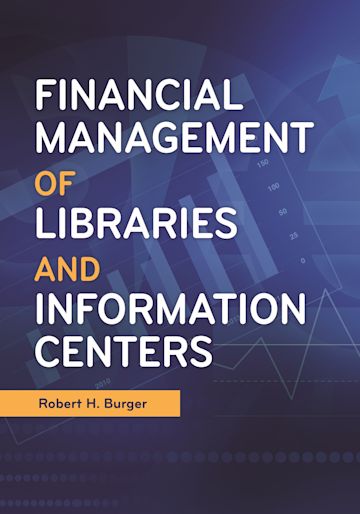This product is usually dispatched within 3 days
Free US delivery on orders $35 or over
You must sign in to add this item to your wishlist. Please sign in or create an account
Covering everything from auditing and budgeting to contracts, revenue and expenditures, forecasting, and ethics in financial management, this book addresses the full spectrum of topics and skills needed by today's library managers.
Many library managers learn financial management on the job, within the framework of a specific organization. The "sink or swim" method of skill acquisition can be effective, but it is inefficient, stressful, and typically leaves one lacking in foundational concepts and principles. This book provides a logical, organized way for library school students, librarians, and others such as library board members to gain the specific knowledge critical to the financial management of libraries and information centers.
This book covers the full spectrum of topics and skills needed by today's managers—from the basics of budgeting, accounting, and financial statements to audits, forecasting, risk management, and revenue sources. There are even chapters on ethical considerations and advocacy. The skills readers will learn from this guide are of critical importance in this era of financial constraints and accountability at every level of the organization. Students in management and financial management courses and practicing library managers seeking to improve their financial management skills will find this book an essential tool for success.
| Published | Aug 22 2016 |
|---|---|
| Format | Paperback |
| Edition | 1st |
| Extent | 384 |
| ISBN | 9781440850134 |
| Imprint | Libraries Unlimited |
| Dimensions | 10 x 7 inches |
| Publisher | Bloomsbury Publishing |
While Berger's guide is written as a text for a semester-long course, any librarian or information professional who needs to learn about finance, whether in graduate school or working in the field, will find this book beneficial.
Library Journal
Free US delivery on orders $35 or over
Your School account is not valid for the United States site. You have been logged out of your account.
You are on the United States site. Would you like to go to the United States site?
Error message.

